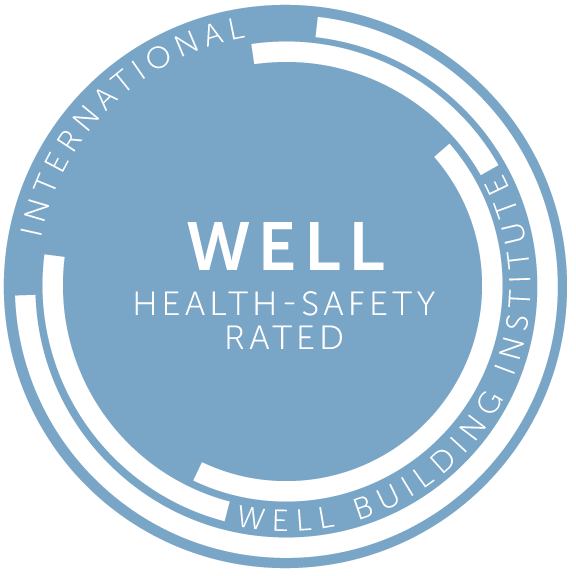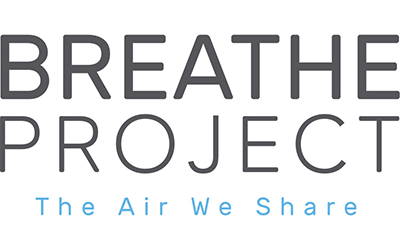Easy Steps with Big Impact for Climate Change
Climate change is a topic that can feel so daunting that you might think you can’t have an impact. But making a difference right now is easier than you may think. Get started today with ten actions specially prepared for you by the experts at Phipps.
Watch our short summary video to get started, then dig into the details of each individual step!
A Note from the President and CEO

Dear Friend of Phipps,
Thank you for visiting this page and for your interest in joining us in this important effort. Phipps’ efforts have always focused on strengthening the innate bonds between people and the environment. In a 2016 survey, we learned that nearly nine out of 10 Phipps guests consider climate change a threat now or in the future. With hundreds of thousands of people coming to visit us each year, a major opportunity and question emerged: how could we mobilize our friends and neighbors to take action?
The first step in the process was the launch of the Make the Switch at Phipps! Green Power Drive. If you haven’t yet taken advantage of this program, I encourage you to do so. To date, more than 5,000 Phipps guests have switched their home energy to 100% green power and received a free membership, preventing CO2 emissions equivalent to saving 77,712 barrels of oil from being burned. These very same guests, who turned to Phipps to learn what they should do next, inspired Easy Steps with Big Impact for Climate Change.
Selected in cooperation with Phipps staff members from our science education, research, horticulture, facilities and sustainability departments, as well as representatives of Café Phipps and Let’s Move Pittsburgh, the ten actions you’re about to read were carefully chosen for their simplicity and effectiveness. As you read and consider your next steps, remember that the movement to address climate change is being led by concerned citizens just like you who make changes in their own lives and encourage others to do the same. We hope to inspire and support you as you take the next crucial steps toward a greener lifestyle.
Sincerely,

Richard V. Piacentini
President and CEO
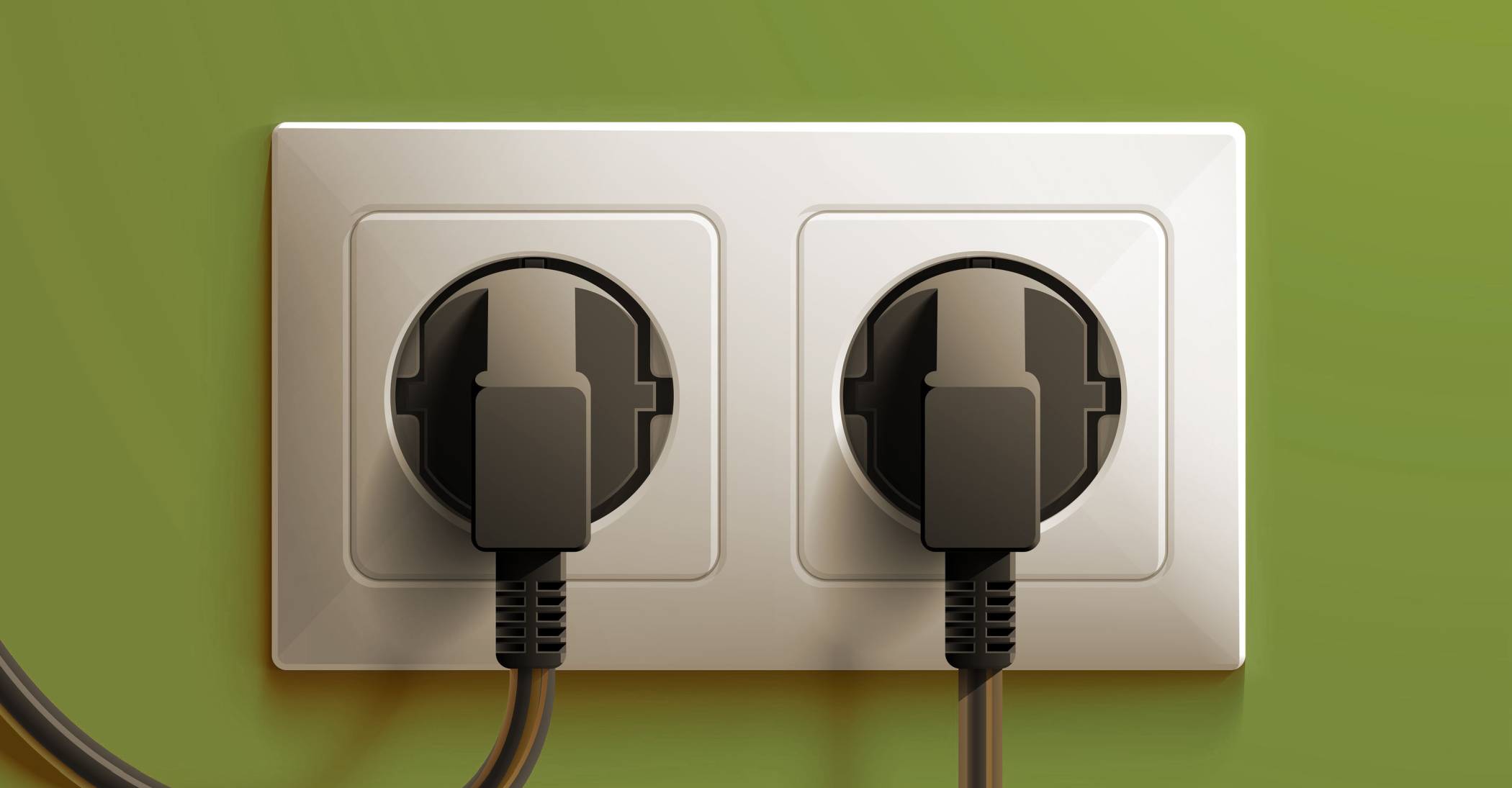
1. You’ve Got the Power
From switching your home electricity to fossil-free sources to introducing simple efficiencies like upgraded insulation and smart thermostats, reducing your energy use and embracing clean power are two great ways to curb emissions.
Steps You Can Take
- Switch to Green Energy. Switching to a renewable energy source like solar or wind allows you to power your home without the emissions impact of fossil fuels. Pennsylvania allows consumers to choose their energy suppliers; consult PA Power Switch for options or visit Phipps to switch through our Green Power Drive and earn free membership.
- Upgrade Your Insulation. Even if you’re using renewable energy, energy efficient insulation is an environmentally friendly and cost-effective step which can reduce your heating and cooling needs – and your bills — by as much as 50%.
- Install a Smart Thermostat. By using sensors, smartphone app integration and other high-tech tools, smart thermostats can automate and simplify your energy efficiency. Shop around to find one that works well for your home.

In 2018, I bought a 101-year-old house that hadn’t been upgraded in some time. It has a finished third floor that was unusable half the year because it was unbearably hot in the summer and freezing in the winter. One of the first improvements I made was upgrading the old insulation to a more effective insulation that was both environmentally friendly and within my budget. I immediately saw a huge difference! The new insulation combined with a new smart thermostat has made my third floor not only livable, but comfortable year-round and even improved the temperature on the second floor. High quality insulation and a smart thermostat were definitely the most impactful improvements my house has received over the past 5 years!
— Jennifer Torrance, Science Education and YCAC Coordinator
Dig Deeper
Use the following additional resources to learn more about energy efficiency:
101 Ways to Save Energy | PowerHouse
Renewable Energy | PA Power Switch
Buy Green Power | Union of Concerned Scientists
Buying Clean Electricity | U.S. Department of Energy
Reducing Electricity Use and Costs | U.S. Department of Energy
The BuildingGreen Guide to Insulation | BuildingGreen
Energy Efficiency Tips for Fall | Alliance to Save Energy
The Best Smart Thermostat | Wirecutter
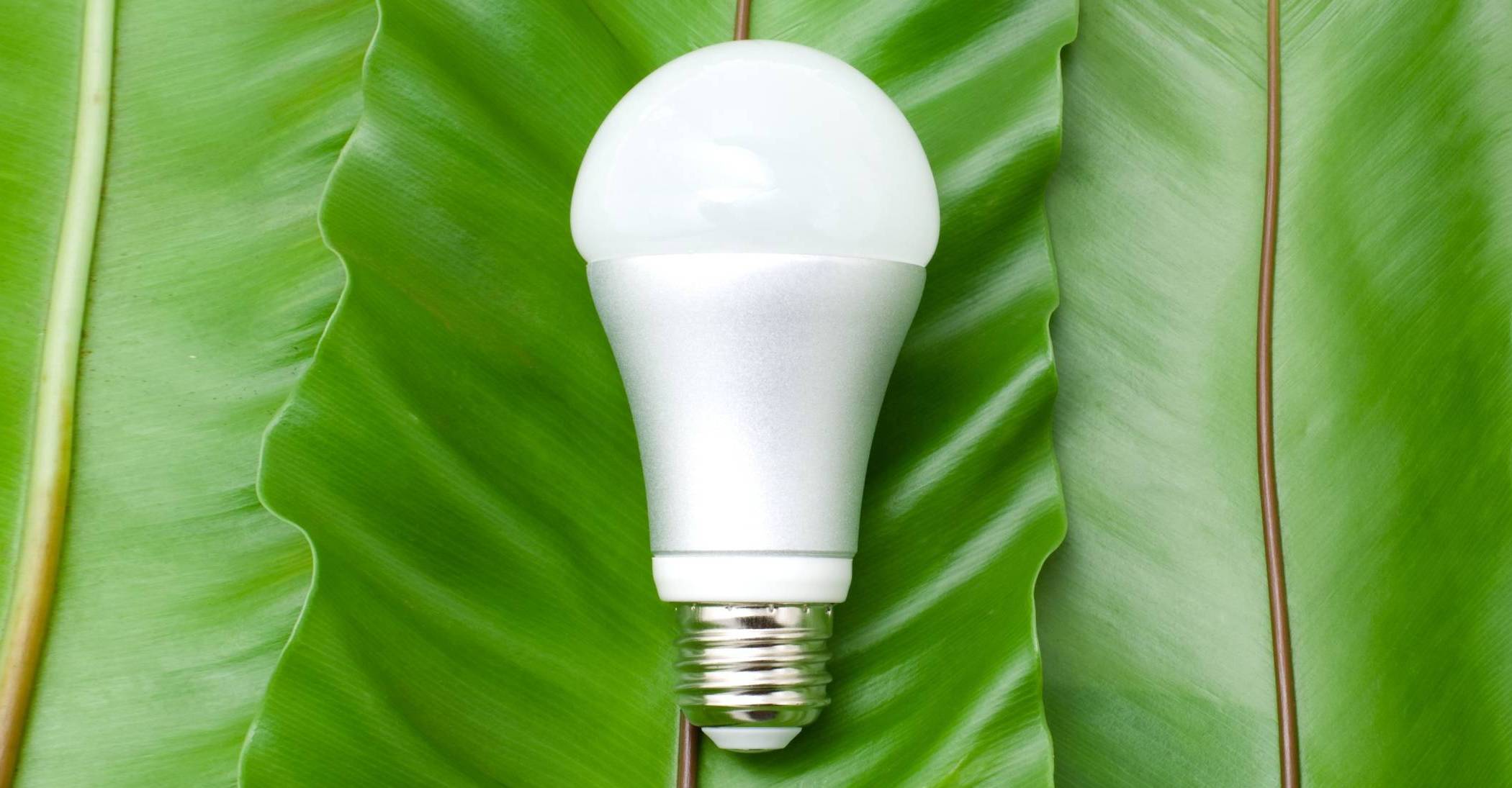
2. Seeing the Light
Want to make an investment that saves both energy and money? In minutes, you can start using LED light bulbs, which will last years and even decades longer than conventional incandescents, all while using less electricity.
Steps You Can Take
- Switch to LEDs. Light emitting diodes (LEDs) are the most energy-efficient home lighting solution on the market today, with bulbs that last up to 25 times as long as conventional incandescent bulbs while using a fraction of the energy.
- Manage Your Lighting. The only bulb more efficient than an LED is a bulb that’s switched off when not in use. The U.S. Department of Energy has an online resource to help you decide whether your lighting setup can benefit from dimmer controls, occupancy sensors and timers.

In Phipps' Research and Science Education department, I am lucky enough to learn from kids and share my own insights with them on a regular basis. One of the things I have been able to share is that saving energy doesn’t have to be complicated to be impactful. At home, the simple switch to LED lighting can provide either brightness or a cozy glow without the high energy use of incandescents. When combined with timers, dimmers and occupancy sensors, lighting management becomes even easier and the energy-saving results are more dramatic. If we all do our part, we can positively change our direction and leave behind a better world for the kids.
— Maria Wheeler-Dubas, Ph.D., Research and Science Education Outreach Manager
Dig Deeper
Use the following additional resources to learn more about efficient lighting:
Lighting Choices to Save You Money | Energy.gov
Choosing the Best Energy-Saving Lightbulbs | Consumer Reports
Lighting Controls | Energy.gov
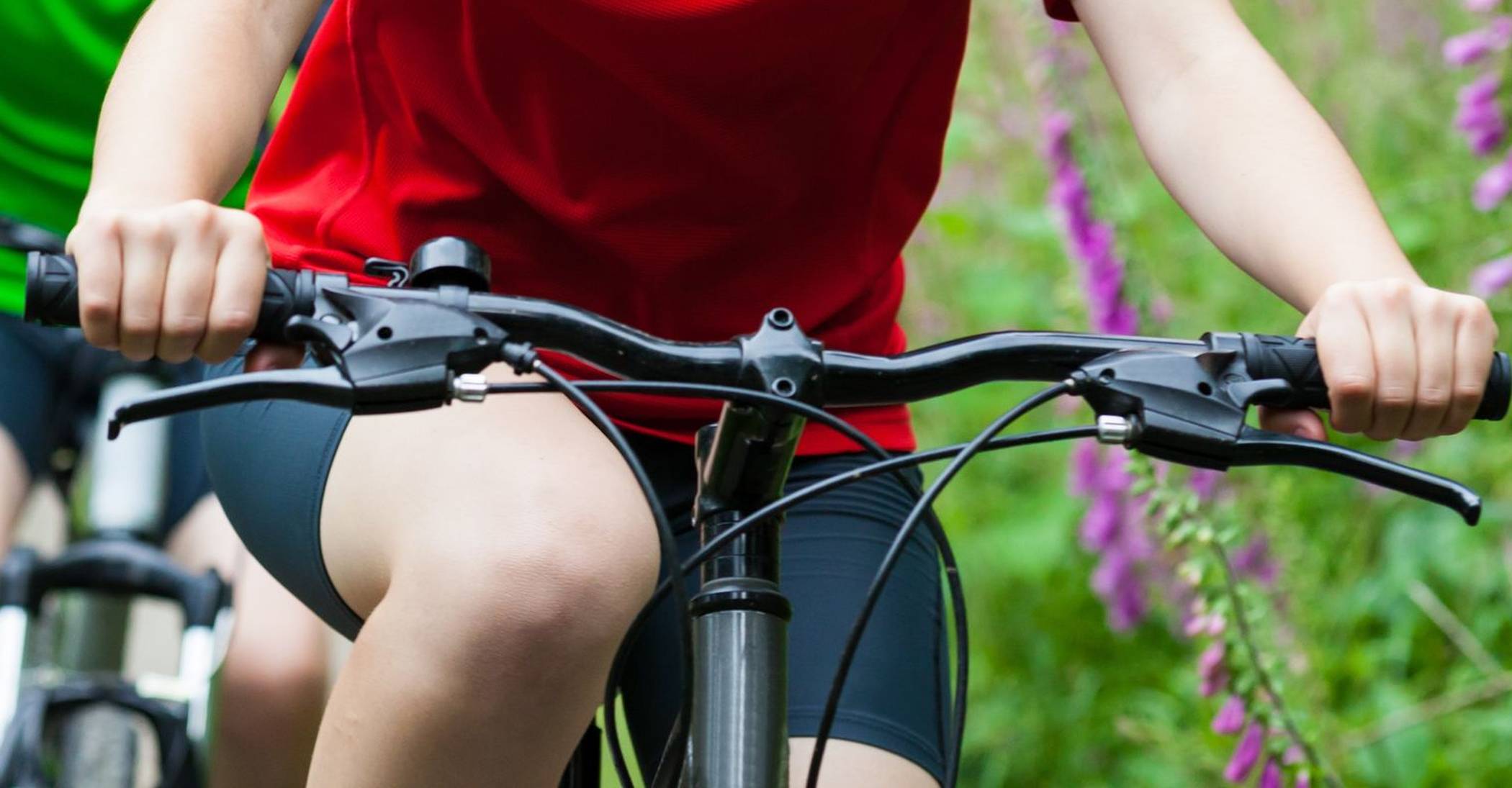
3. A Greener Way Around
The EPA estimates that 27 percent of U.S. greenhouse gas emissions come from transportation. You make a difference when you bike, carpool and ride the bus — and if you must drive, purchase the most fuel efficient car you can.
Steps You Can Take
- Ride Your Bike. Biking to work is the most environmentally-friendly — and healthy — option for getting from place to place, and organizations like BikePGH are helping to make Pittsburgh an increasingly bike-friendly city. Pittsburgh is even home to a solar electric bike shop, which can give your ride a clean, renewable power boost.
- Carpool or Ride the Bus. For longer commutes, public transportation and carpooling can cut your emissions significantly, with each additional passenger removing a car from the road. Find bus routes and schedules at Port Authority of Allegheny County or contact CommuteInfo to join a carpool near you.
- Check the Air in Your Tires. Tires that aren’t properly inflated will lower your fuel efficiency, so check yours regularly, especially in the winter months.
- If You Must Drive, Drive the Most Energy-Efficient Car You Can. The most energy-efficient options are electric cars, especially when charged with renewable energy, but there are fuel efficiencies to consider at every price point.

I like riding to work because it gives me time in the morning to relax and prepare my mind for the day ahead. I always feel ready for my day and it is way less stressful than driving! I also like the added benefit of getting some exercise before and after work, not to mention I’m saving on fuel!
— Lauren Delorenze, Production Foreman
Dig Deeper
Use the following additional resources to learn more about green transportation:
Biking 101 | Bike Pittsburgh
People for Bikes
Bicyclists | National Highway Traffic Safety Administration
Port Authority of Allegheny County
Adam Solar Rides
Keeping Your Vehicle in Shape | U.S. Department of Energy
Electric Cars 101 | Consumer Reports
The Most Fuel-Efficient Cars | Consumer Reports
Vehicle Cost Calculator | Alternative Fuels Data Center
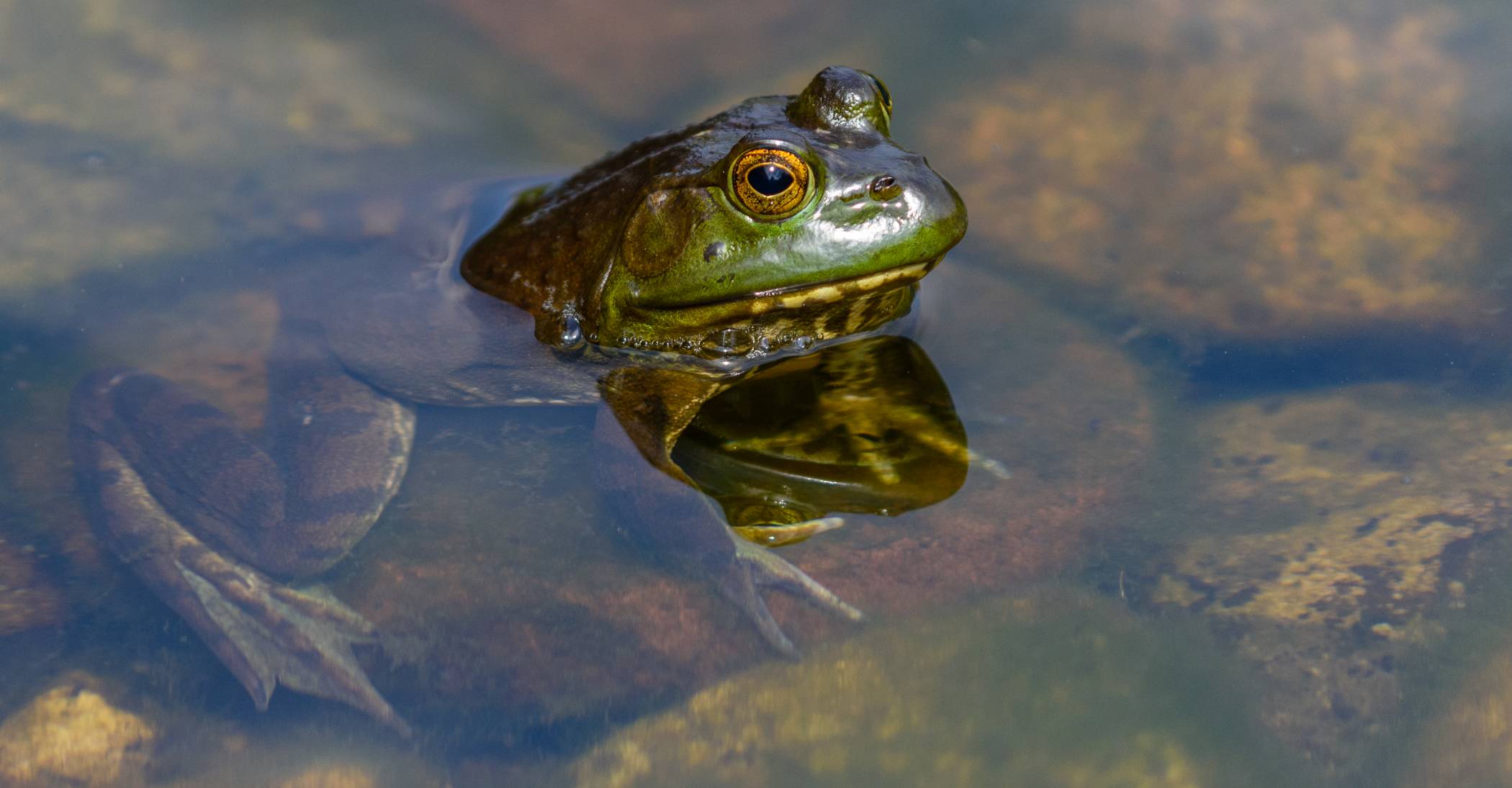
4. Good to the Last Drop
Water is a precious resource, and water scarcity issues are closely interrelated with climate change issues worldwide. You can take measures at home to slow the flow and capture what falls from the sky. Because it takes energy to clean and transport water to our homes, the more water we save, the more energy we save.
Steps You Can Take
- Go for Low Flow. Reducing water consumption at home is easy with low-flow showerheads and faucets. Look for the EPA’s WaterSense label when faucet shopping to find options that will reduce both your water consumption and your water bill.
- Use a Rain Barrel to Capture Your Rain Water. Rain barrels are a great way to divert water from conventional storm systems, which is especially important in Pittsburgh, where the sewage and storm water treatment systems are combined. Participants in Pennsylvania Resource Council’s Watershed and Rain Barrel Workshops can receive free rain barrels while learning how to install and use them.
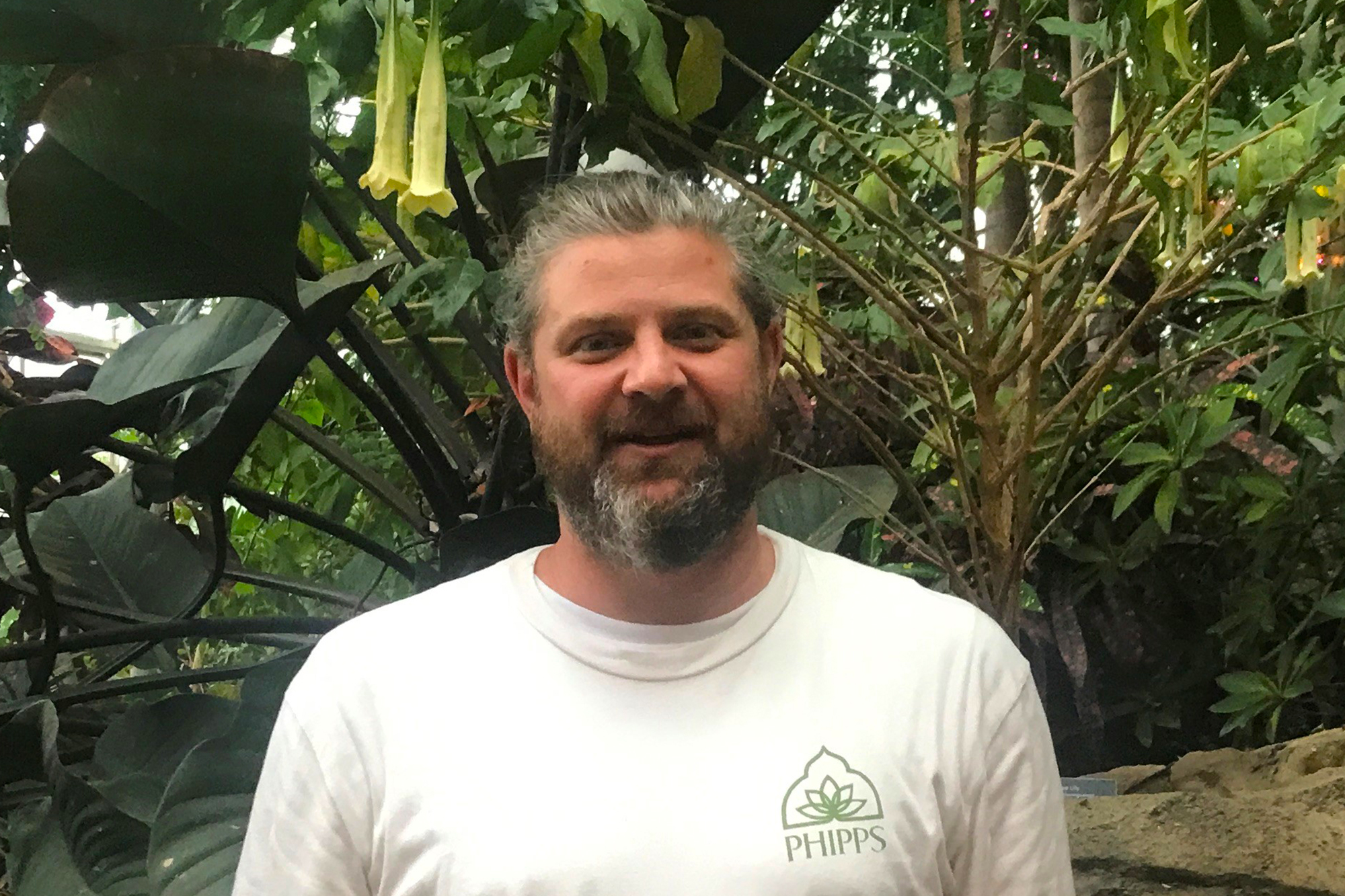
As climate change continues to affect weather and storms become more severe, managing water is becoming a more important issue than ever. At Phipps we employ different strategies to best use the water that falls onsite. These include rain gardens, underground storage tanks, above ground storage tanks, bio-retention swales and rain barrels. We strive to put as little water as possible into the “old infrastructure” of the city’s system and to use it in new and creative ways that can help the environment and be as sustainable as possible.
— Pete Thomson, Director of Facilities
Dig Deeper
Use the following additional resources to learn more about water conservation:
Stormworks: Innovative Rainwater Management
Westmoreland Conservation District
Bathroom Faucets | U.S. Environmental Protection Agency
Watershed and Rain Barrel Workshops | Pennsylvania Resource Council
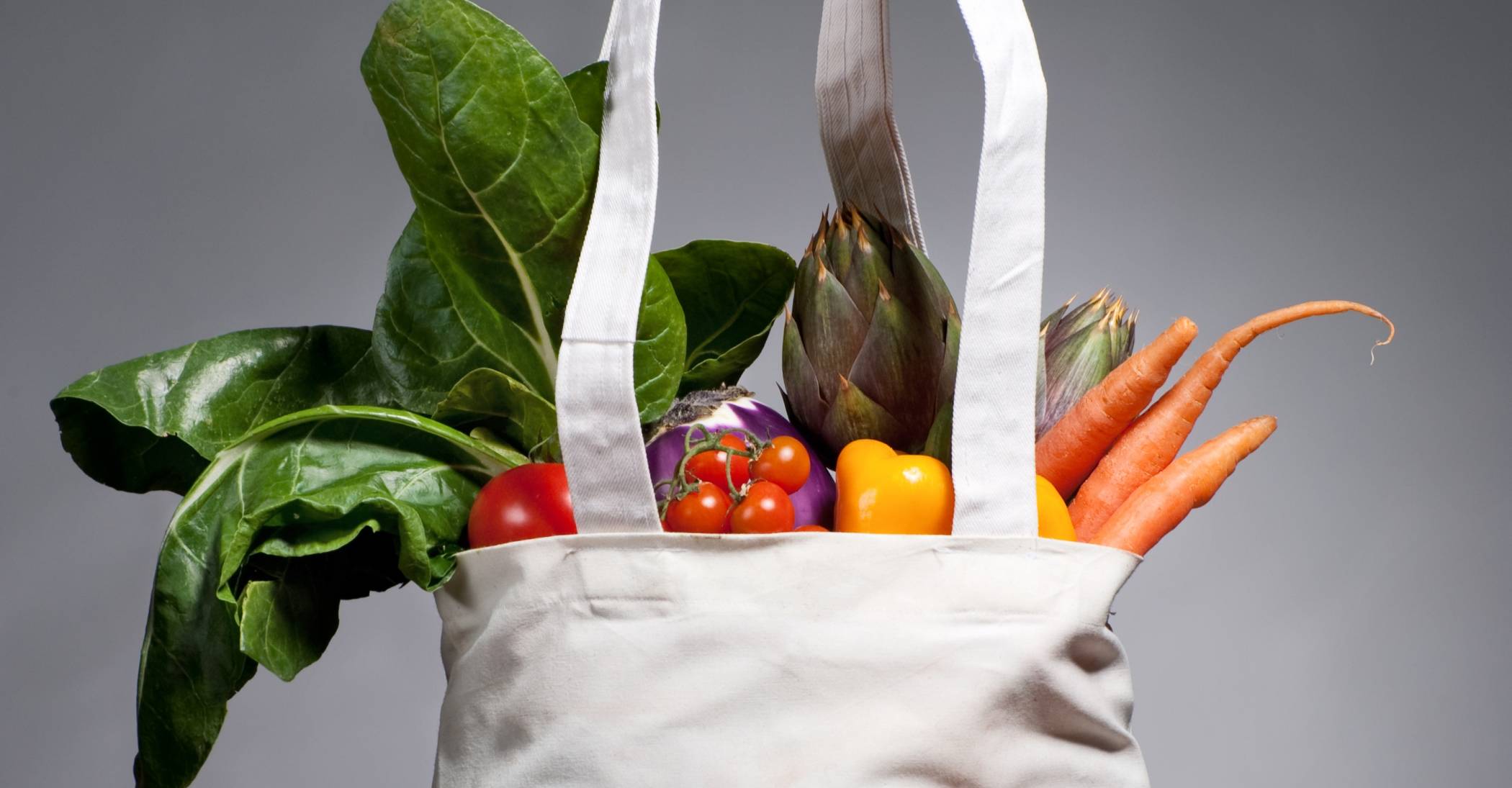
5. Work on Your Waste
It is very, very easy to throw something away. You simply put it out on your curb once a week and voilà! — it goes away. But really, there is no “away.” It goes to a landfill, which are the third-largest source of human-related methane emissions in the United States. The less waste we make, the fewer greenhouse gases there are.
Steps You Can Take
- Reduce Food Waste. Worldwide, about one third of the food that is raised or prepared is wasted. Simple actions like meal planning, appropriate portioning and not rejecting perfectly good fruits and vegetables based on bumps or bruises can have a real impact. According the book Drawdown, reducing food waste is the third most effective action we can take in reducing carbon emissions.
- Bring Your Own Reusable Bags to the Grocery Store. While plastic bags are technically recyclable, they notoriously jam the equipment at recycling centers and contaminate paper streams, often ending up unrecycled while hindering the recycling of other materials. Bringing your own bag is simple, reduces waste and ensures a higher percentage of materials are actually recycled.
- Avoid Plastic Wherever Possible. Plastic seems to be everywhere, and avoiding it can be a challenge. Some helpful strategies include using reusable water bottles, saying “no” to straws, and opting for glass, paper or cardboard packaging when possible.
- Shop Secondhand. Fast fashion is the third largest contributor to carbon emissions each year. Making clothes is carbon, water and resource intensive — plus, the amount of clothing that Americans throw away has doubled in the last decade from 7 million tons to 14 million tons yearly. Shop secondhand and, whenever you can, recycle and reuse your clothes.

To reduce waste at home, I practice composting. I have a worm box (vermicomposting) in the driveway of my apartment – these red wigglers happily munch on my organic scraps including fruits, vegetables, coffee grounds, cardboard and eggshells. For harder-to-break-down materials, like oils, meats, onions and pet food, I collect over the week in a brown Trader Joe’s bag and then deposit with AgRecycle, Pittsburgh’s premiere industrial composting service. Other home options include compost pick-up subscriptions, green cones and backyard compost bins. Rather than food waste rotting in landfills and creating harmful emissions, it can all be repurposed into rich fertile compost and returned to the land to build healthy soils and sequester carbon from the atmosphere.
— Andrew Lampl, Climate Toolkit Coordinator
Dig Deeper
Use the following additional resources to learn more about waste reduction:
Reduced Food Waste | Drawdown
Basic Information about Landfill Gas | U.S. Environmental Protection Agency
10 Easy Ways to Reduce Food Waste at Home | Food Network
10 Shocking Food Waste Statistics | The Swag
How America Is Losing Up to 40 Percent of Its Food | National Resources Defense Council
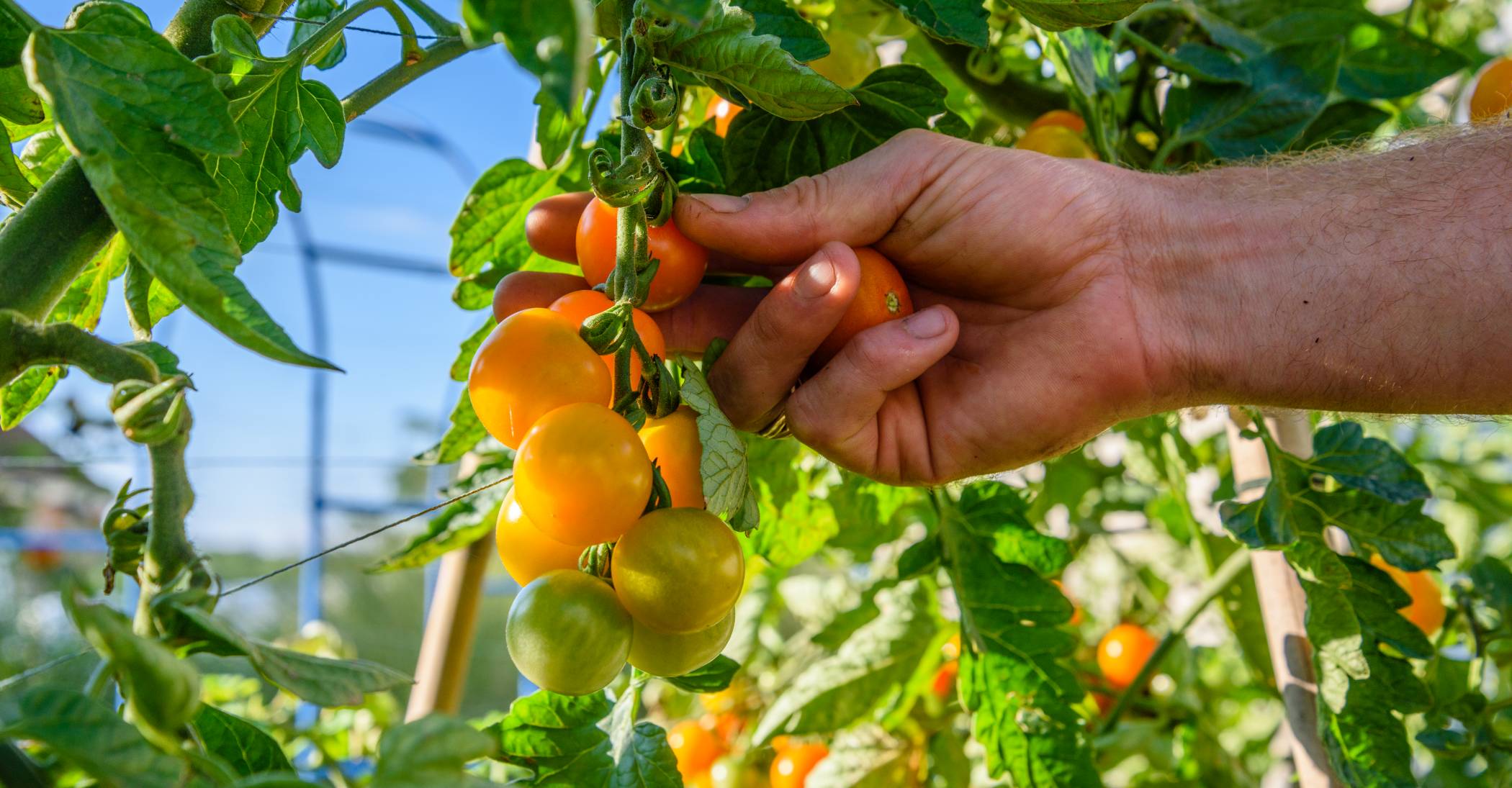
6. Eat Fresh, Green and Homegrown
By preventing greenhouse gas emissions associated with raising livestock while introducing personal health benefits, adopting a plant-based is good for you and the planet, and when it’s grown at home, it’s even better.
Steps You Can Take
- Embrace a Plant-Rich Diet. National Institutes of Health research has shown that the closer people are to being vegetarian, the lower their risk of diabetes, high blood pressure and metabolic syndrome (a condition that raises your risk for heart disease and stroke). A plant-rich diet does not necessarily mean vegetarian. For some, meat will always be a part of their diet. Opting for white meat like chicken or turkey and treating as a complement rather than a staple can positively impact health outcomes and reduce greenhouse gas emissions.
- Start Your Own Raised-Bed Vegetable Garden at Home. Growing edibles, even on a small scale, can provide fresh, healthy, inexpensive food and research suggests that gardening can lower stress and afford mental and physical benefits. Our Homegrown program has even created a blueprint and instructions to help you build your own raised bed vegetable garden.

Walking the edible gardens at Phipps is always a highlight of my week. Seeing things grow creates a sense of anticipation. I started vegetable gardening at home when my daughter was a toddler. Some years as simple as a few tomato plants to this year where we are growing 18 different vegetables. The whole family enjoys eating straight from the garden. It’s a family hobby that benefits our health and our environment.
— Amy Reed, Café Phipps Manager
Dig Deeper
Use the following additional resources to learn more about embracing a plant-based diet:
Digging a Vegetarian Diet | National Institutes of Health
How to Build a Raised Bed Vegetable Garden | Phipps Conservatory and Botanical Gardens
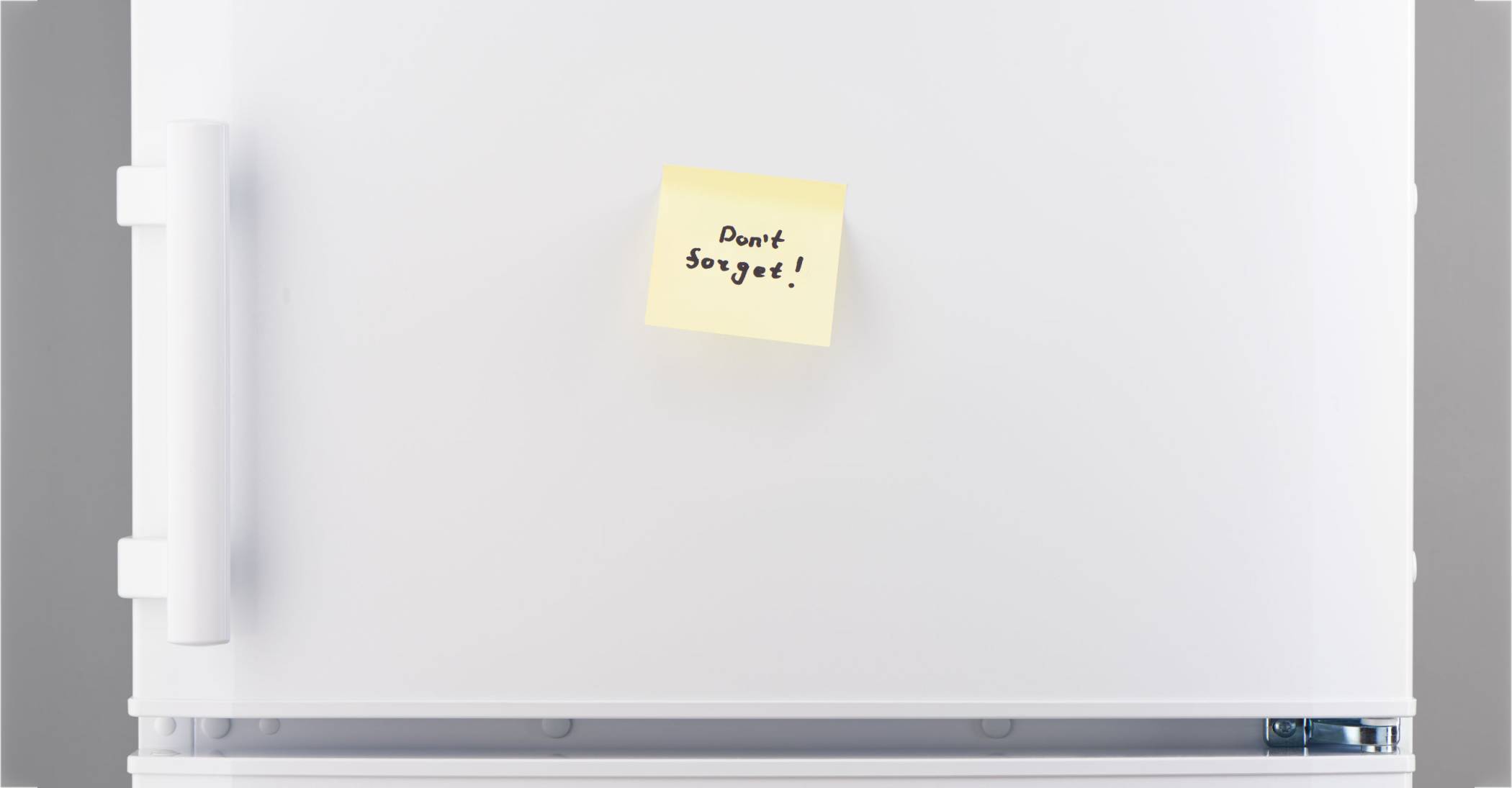
7. Stop! Freeze!
Disposing of a refrigerator or air conditioner may not come up very often, but when it does, it is a big one, and you’re going to want to do it right. Learn what hazardous components might be in your older appliances and who can help.
Steps You Can Take
- Dispose of Refrigerators or Air Conditioners Properly. Local utilities may handle safe appliance removal or can point you in the right direction. For example, Duquesne Light offers free pick-up of old refrigerators plus a $35 account credit for qualified customers. You can also search the EPA’s Responsible Appliance Disposal page for local entities that can help you.

Household refrigerant, found in refrigerators or air conditioners and commonly referred to as Freon, poses both immediate health risks and harmful environmental impacts. Disposing, reclaiming and recycling of refrigerant are not things most people can do on their own, as safe removal requires specialized equipment, appliance specific training and licensing through the EPA. Luckily, most appliance vendors will remove and properly dispose of your old appliance when the new one is delivered, or local recycling centers will pick up your appliance for a small fee. Both options cost less than having a certified technician come to your home to safely remove the refrigerant, and prevent the appliance from ending up in a landfill.
— Michelle Allworth, Facilities Project Manager
Dig Deeper
Use the following additional resources to learn more about refrigerant disposal:
Refrigerator/Freezer Recycling Program | Duquesne Light Company
Appliance Warehouse
Responsible Appliance Disposal | U.S. Environmental Protection Agency
Stationary Refrigeration and Air Conditioning | U.S. Environmental Protection Agency
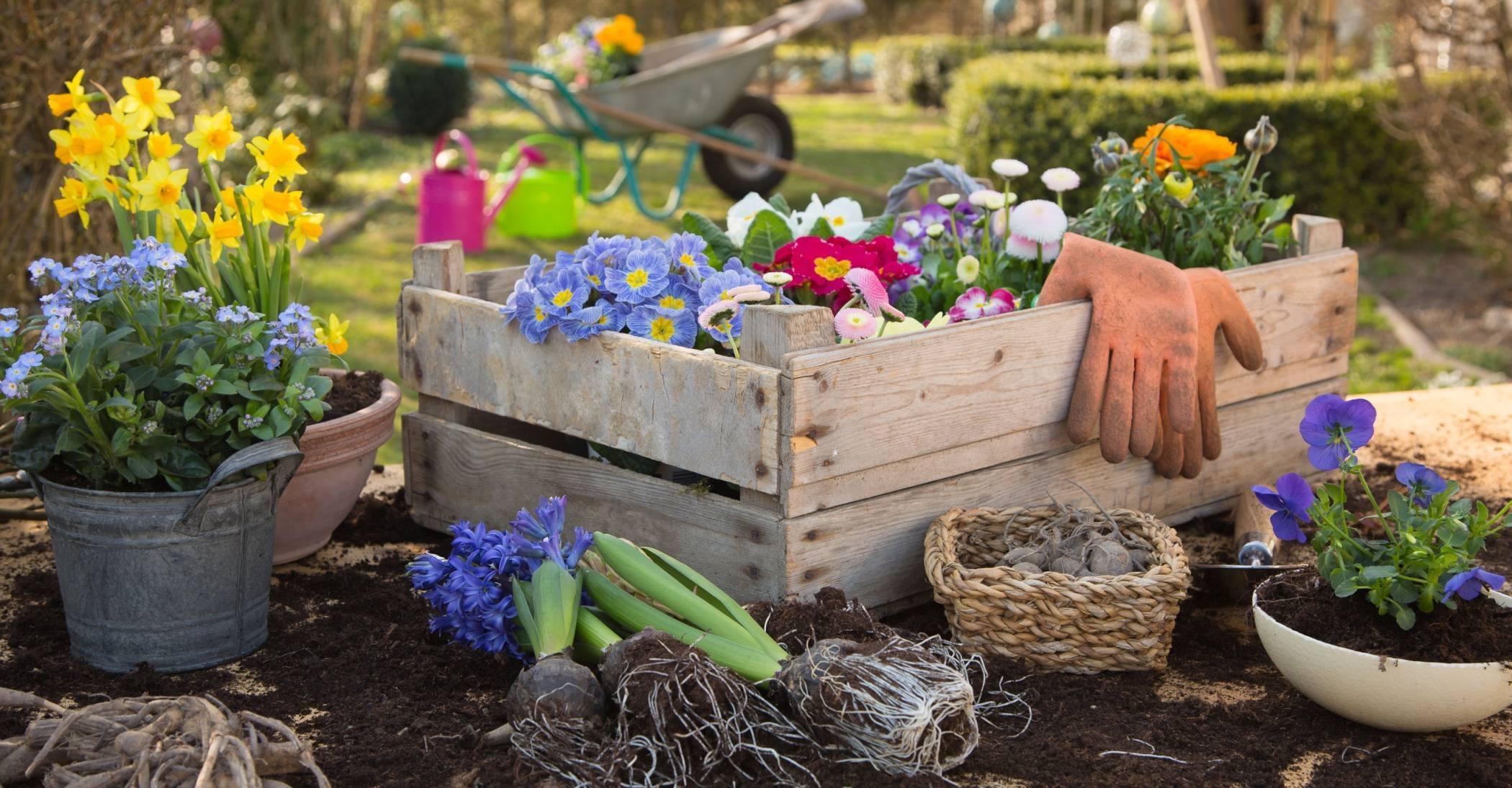
8. How Your Garden Grows
We as humans are innately attracted to living and beautiful things. Promoting both our health and the health of the surrounding ecosystems through responsible gardening honors our connections to nature.
Steps You Can Take
- Reduce or Eliminate Your Lawn. Replace your lawn with native plants, rain gardens and other features that require less irrigation and mowing. See our Sustainable Landcare standards for best practices or contact a Phipps-accredited Sustainable Landcare Professional.
- Use No-Emission Tools. Reduce or eliminate carbon emissions when tending your plants by using electric and human-powered tools instead of conventional gas-powered ones.
- Plant Trees. Low-maintenance trees that grow fast and live long are excellent for carbon sequestration, and strategic placement of trees around your home can help reduce your cooling needs. Our annual Top 10 Sustainable Plants lists — also useful when replacing your lawn — have many good tree suggestions to choose from.

At Phipps, we grow our lawn organically, applying no water, inorganic fertilizer or pesticides, and we grow the grass long, to encourage it to develop a deep, healthy root system. I have reduced the size of my own lawn by 60 – 70%, instead planting a wide variety of shrubs and perennials, many of which are native. One section is planted as meadow, which requires just a once a year cutting and no other care. The resulting wide variety of plants provides a range of flowers, foliage and color throughout the year, pleasing me and the many birds, butterflies, insects and other critters that visit. Reducing the lawn and going a bit more natural also helps to minimize the use of carbon emitting power tools in my own garden.
— Margie Radebaugh, Director of Horticulture and Education
Dig Deeper
Use the following additional resources to learn more about responsible gardening:
When Grass Isn’t Greener | Harvard Magazine
Sustainable Landcare Services | Phipps Conservatory and Botanical Gardens
7 Emissions-Free Landscaping Tools | Mother Nature Network
Trees: The Carbon Storage Experts | New York State Department of Environmental Conservation
How Trees Fight Climate Change at Home | National Arbor Day Foundation
Top 10 Sustainable Plants | Phipps Conservatory and Botanical Gardens

9. Let Your Voice Be Heard
From contacting local leaders to supporting policies and organizations that advocate for the environment, you can let your support of climate stability come through in everything you do – and get others to join you in the process.
Steps You Can Take
- Contact Your Local Politicians and Support Policies and Organizations that Advocate for the Environment. Phone calls, emails, hand-written letters and even office visits are means by which you can let your elected officials know what you, as a constituent, cares about.
- Get Others to Join You in Taking One or More of These Steps. Now more than ever, we can broadcast our likes, dislikes, passions and opinions. Whether that is a one-on-one conversation with a neighbor or in-law, or a social media post seen by hundreds of online friends, you can amplify your impact by encouraging others to join you.
- Connect Over a Story; Don’t Spew Facts at People. Studies show that people are rarely convinced by facts, and this is particulary true with divisive issues like climate change. When you’re talking about climate-related issues, tell your story about the importance of environmental health and how it connects to your values. Starting from a place of empathy is more likely to have a positive impact on the person’s view of climate issues.

Climate change is scary; it can overwhelm us and lead to a sense of hopelessness. But consider some of the seismic changes that have been accomplished through social movements in America alone: Independence from Britain, the abolition of slavery, women’s suffrage, civil rights. These were issues that seemed insurmountable, as well, but citizens let their voices be heard and quite literally changed the world. Already, much of the U.S. and world are making incredible progress to address climate change and switch to a renewable energy future – we’re not in this alone. At Phipps, we’re committed to science communication, making complicated climate science something that everyone can understand and relate to, in order to give a voice to the public. As the famous quote says, “If not us, who? If not now, when?”
— Sarah States, Ph.D., Director of Research and Science Education
Dig Deeper
Use the following additional resources to learn more about letting your voice be heard:
Find Your Elected Officials | Common Cause
What Calling Congress Achieves | The New Yorker
Skeptical Science | Explaining Climate Change Science and Rebutting Global Warming Misinformation
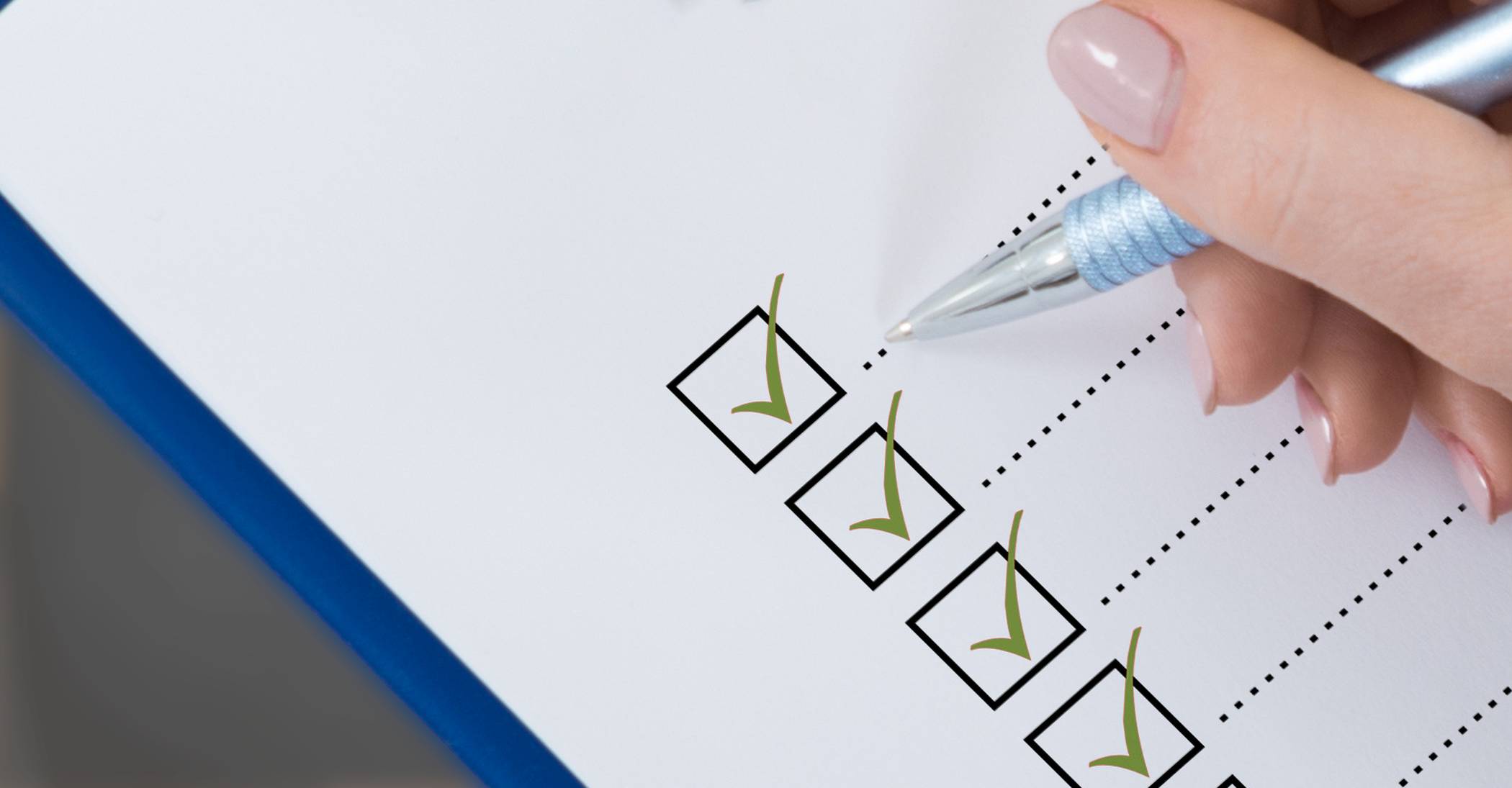
10. Track and Share Your Progress
How do you measure success? Your actions will have a positive environmental impact, and tracking this impact will inform your own behavior, and can even inspire others follow in your footsteps.
Steps You Can Take
- Track Your Personal Progress. Download the Easy Steps with Big Impact Checklist to track your steps as you complete them and see the positive impact you’re having.
- Learn About Handprinting. Still in its early stages, handprinting is a concept that measures the positive impacts we can make, simply by changing the way we do things, at home, and at work. We hear about how our “footprint” damages the planet, but together, our handprints can heal it.

Part of Phipps’ mission is to promote human and environmental well-being. But how do we know if we are being successful? To answer that, we track and measure what we can. That may be anything from focus group discussions to energy audits. These data tells us what is working — and what isn’t — so we can continually improve. Secondly, it inspires us because we see actual impact. That creates momentum and enthusiasm, which can be infectious. Sharing your own progress in turn inspires others, and this snowball effect starts to happen. You feel you are part of something bigger than yourself, and you realize you can make a difference, individually and collectively.
— Adam Haas, Interpretive Specialist
Dig Deeper
Use the following additional resources to learn more about tracking and sharing your progress:
Handprinter
Why Sharing Your Progress Makes You More Likely To Accomplish Your Goals
The Power of Small Wins | Harvard Business Review
Select photos © Paul g. Wiegman, Mark Dixon

